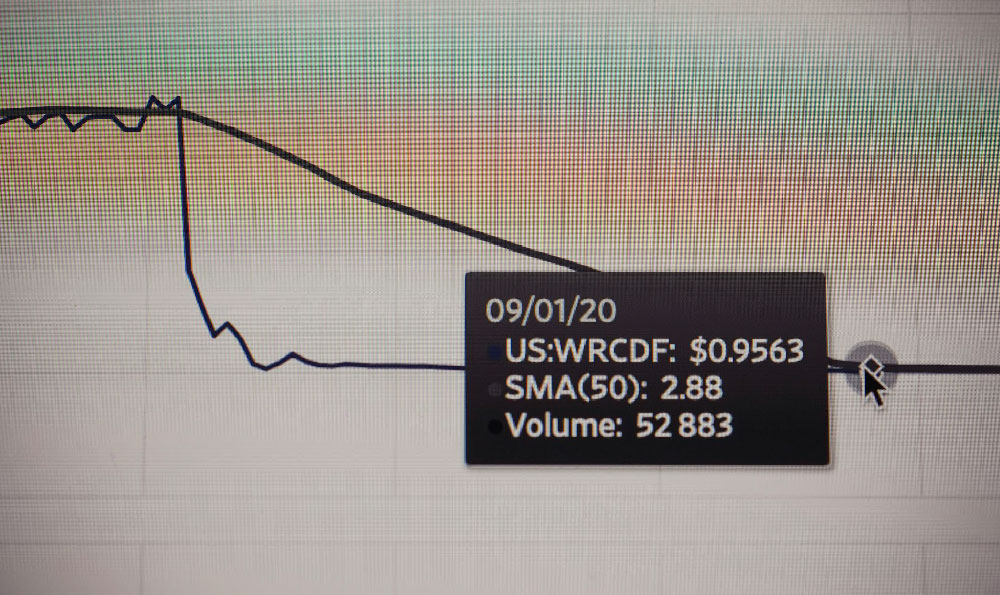How much can you earn on disability, and what are the limits?
Understanding the financial landscape while navigating disability benefits can feel overwhelming. It's critical to understand the income limitations placed upon disability recipients, as exceeding those limits can jeopardize crucial benefits. However, understanding the intricacies of different programs and strategizing income sources can help maximize your financial well-being. This essay will delve into the potential earnings capacity while on disability, specifically focusing on Social Security Disability Insurance (SSDI) and Supplemental Security Income (SSI), two common programs in the United States. We will also examine the limits associated with each program and explore some strategies for generating income without jeopardizing your eligibility.
Let's first clarify the difference between SSDI and SSI, as they operate under distinct rules and funding mechanisms. SSDI is a program for those who have worked and paid Social Security taxes. Eligibility is based on your work history and medical condition, and it's not directly tied to your current income or assets. On the other hand, SSI is a needs-based program for individuals with limited income and resources, regardless of their work history. Both programs require a disability that prevents substantial gainful activity (SGA).
The concept of "Substantial Gainful Activity" is central to both SSDI and SSI. The Social Security Administration (SSA) uses SGA to determine if you are considered "disabled" and eligible for benefits. SGA is defined as the amount of money a person can earn per month and still be considered disabled. The SGA amount changes annually, so it's important to stay updated with the latest figures. As of 2023, the SGA amount for non-blind individuals is $1,470 per month. For blind individuals, the SGA amount is $2,460 per month.

If you are receiving SSDI, earning above the SGA limit can lead to the termination of your benefits. However, SSDI offers several work incentive programs that allow you to test your ability to work without immediately losing your benefits. One such program is the Trial Work Period (TWP). The TWP allows you to work and earn any amount for up to nine months within a rolling 60-month period while still receiving full SSDI benefits. This allows you to assess whether you can return to work without risking your benefits immediately. After the TWP, you enter an Extended Period of Eligibility (EPE), which lasts for 36 months. During the EPE, your benefits will be suspended for any month in which you earn above the SGA level. If you stop earning above SGA during the EPE, your benefits can be reinstated automatically without having to reapply.
Another important work incentive is the Impairment-Related Work Expenses (IRWE) deduction. IRWE allows you to deduct from your gross earnings the costs of certain impairment-related items and services that you need to work. These expenses can include things like medications, medical equipment, and attendant care services. By deducting these expenses, you can effectively lower your countable income, potentially allowing you to earn more without exceeding the SGA limit.
SSI, being a needs-based program, has stricter income and asset limits. The federal benefit rate (FBR) for SSI changes annually and represents the maximum monthly payment an individual can receive. The FBR in 2023 is $914 per month for an individual and $1,371 for a couple. However, this is not necessarily the amount you will receive, as SSI considers your countable income.
The SSA does not count all income dollar for dollar against your SSI benefits. There are several exclusions and deductions that can reduce your countable income. For example, the first $20 of most income received in a month is not counted. Additionally, if you have earned income, the SSA only counts half of it after deducting the initial $65. This means that for every $2 you earn above $65, your SSI payment will be reduced by $1.
Beyond earned income, unearned income, such as pensions, annuities, and investment income, is also considered. The $20 general income exclusion applies to unearned income as well. Therefore, managing your unearned income carefully is critical to remaining eligible for SSI.
The asset limits for SSI are also strict. In 2023, the asset limit is $2,000 for an individual and $3,000 for a couple. Assets that count towards this limit include cash, bank accounts, stocks, bonds, and other personal property. Certain assets, such as your home and one vehicle, are generally excluded. Exceeding these asset limits can also lead to the termination of SSI benefits.
So, how much can you realistically earn on disability? For SSDI, you can potentially earn up to the SGA limit ($1,470 in 2023 for non-blind individuals) without immediately losing your benefits, especially if you utilize work incentive programs like the TWP and IRWE. During the TWP, you can earn any amount for up to nine months. For SSI, the amount you can earn depends on your individual circumstances and other sources of income. By utilizing the income exclusions and deductions, you can potentially earn a small amount without significantly reducing your SSI benefits. However, it's crucial to remember that SSI is a needs-based program, and even small amounts of income can impact your eligibility.
It's also worth exploring passive income streams that may not be considered "earned income." However, it's essential to clarify this with the SSA, as the definition of earned versus unearned income can be complex. Some examples might include royalties from intellectual property or rental income from a property you don't actively manage. However, be mindful of the asset limits for SSI, as these types of income often involve owning assets that could push you over the limit.
Furthermore, consider vocational rehabilitation services. These programs can help you develop skills and find employment opportunities that are suitable for your abilities and limitations. They can also provide guidance on managing your benefits and income to ensure you remain eligible for disability assistance.
Ultimately, maximizing your financial well-being while on disability requires careful planning, a thorough understanding of the program rules, and potentially the assistance of a qualified professional. Contacting a Social Security representative or a disability attorney can provide personalized guidance based on your specific circumstances. They can help you navigate the complex rules and regulations, understand your rights and responsibilities, and develop a strategy for maximizing your income without jeopardizing your benefits. Remember to document all income and expenses and report any changes to the SSA promptly. Proactive communication and a commitment to understanding the rules are key to maintaining your eligibility and securing your financial future.














